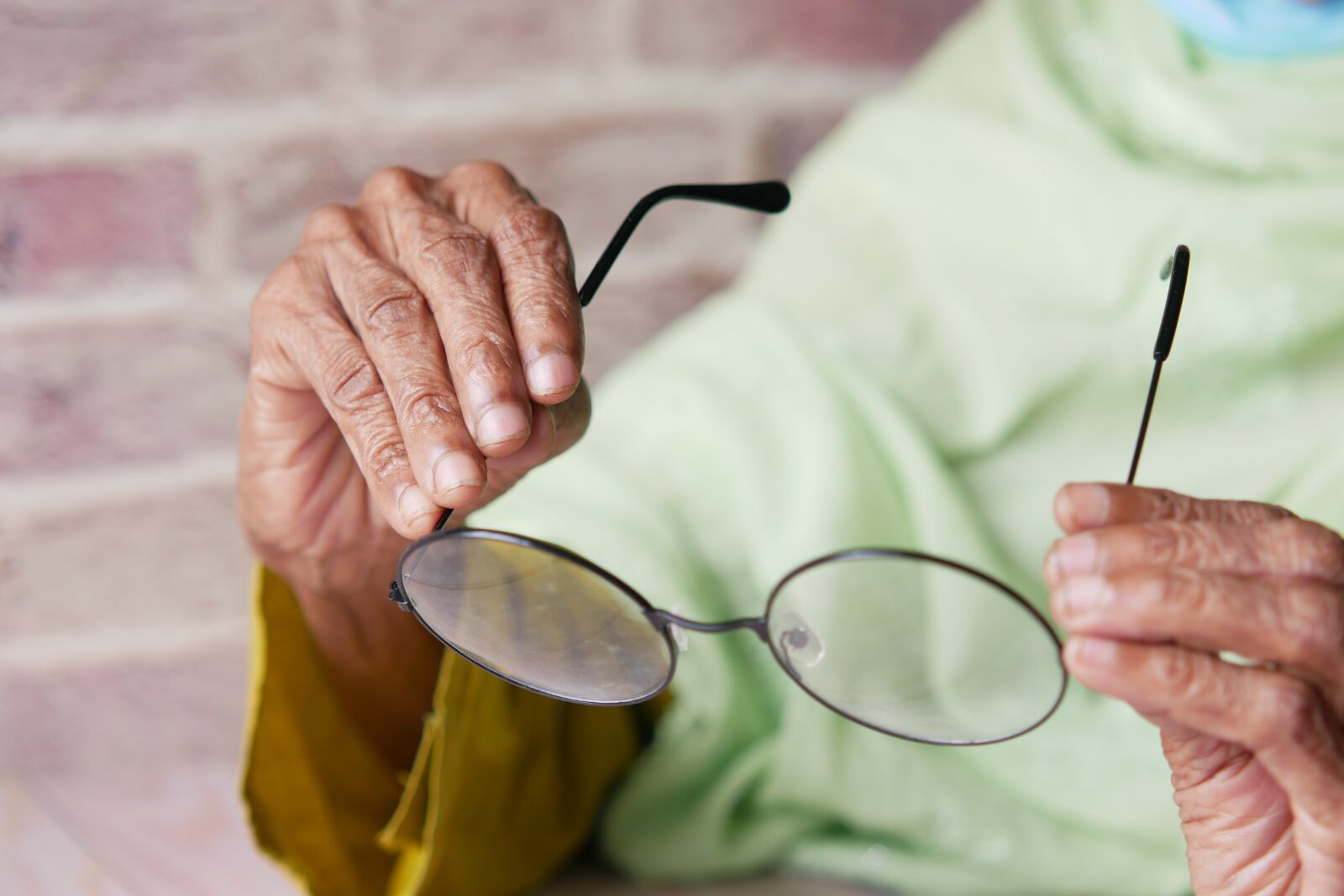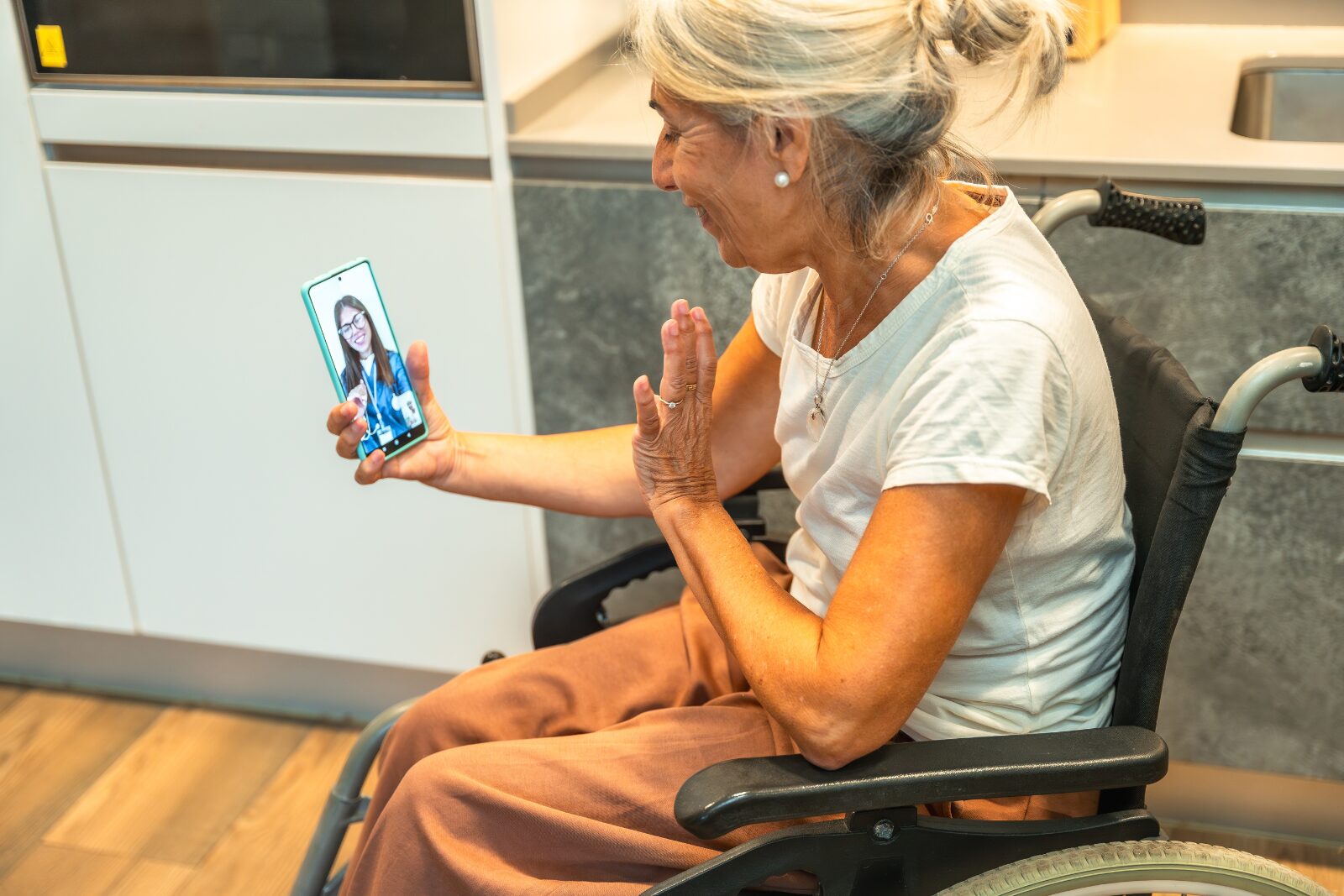When we think about preventing falls, most people focus on balance or strength. But there’s another key player that often gets overlooked: vision. Your eyes provide most of the information your brain uses to stay steady. When vision is compromised, the risk of falls rises significantly.
How Vision Supports Balance
Vision helps you judge distances, spot obstacles, and navigate changes in surfaces like stairs or curbs. Good peripheral vision alerts you to hazards outside your direct line of sight, while depth perception helps you move safely and confidently.
As we age, natural changes like reduced flexibility in the lens, slower adaptation to light, and difficulty focusing can all make balance more challenging.
Common Vision Conditions That Raise Fall Risk
Certain eye conditions can make everyday mobility riskier:
- Cataracts – blurred vision and glare sensitivity
- Macular degeneration – loss of central vision
- Glaucoma – reduced peripheral vision
- Diabetic retinopathy – fluctuating vision and blind spots
Even some medications can cause blurred vision or light sensitivity, further increasing fall risk.
Creating a Safer Environment
The good news: small changes make a big difference.
- Keep up with regular eye exams and wear prescription glasses as advised
- Add bright, consistent lighting to stairs, hallways, and entrances
- Use nightlights for safe bathroom trips
- Place contrasting tape on step edges
- Reduce glare with blinds or curtains
Training Beyond Vision
Physiotherapy can also help. Practising balance exercises with different visual challenges — such as standing with eyes closed or focusing on distant objects — trains your body to rely on other systems when vision isn’t reliable.
When to Seek Help
If you notice sudden changes in your vision, struggle in low light, or feel unsteady in dim conditions, it’s time to act. Speak to your eye care professional and your physiotherapist. Working together, they can create a plan to keep you safe, confident, and independent.
The Bottom Line
Vision is a critical — and often underestimated — part of falls prevention. With regular eye care, smart home modifications, and the right exercises, you can lower your fall risk and keep moving safely as you age.



